What Is Safety Management System (SMS) On Ships?
The safety management system (SMS) is an organized system planned and implemented by the shipping companies to ensure the safety of the ship and marine environment.
SMS is an important aspect of the International safety management (ISM) code and it details all the important policies, practices, and procedures that are to be followed in order to ensure the safe functioning of ships at the sea. All commercial vessels are required to establish safe ship management procedures. SMS forms one of the important parts of the ISM code.
The safety management system (SMS) therefore ensures that each and every ship comply with the mandatory safety rules and regulations, and follow the codes, guidelines, and standards recommended by the IMO, classification societies, and concerned maritime organizations.
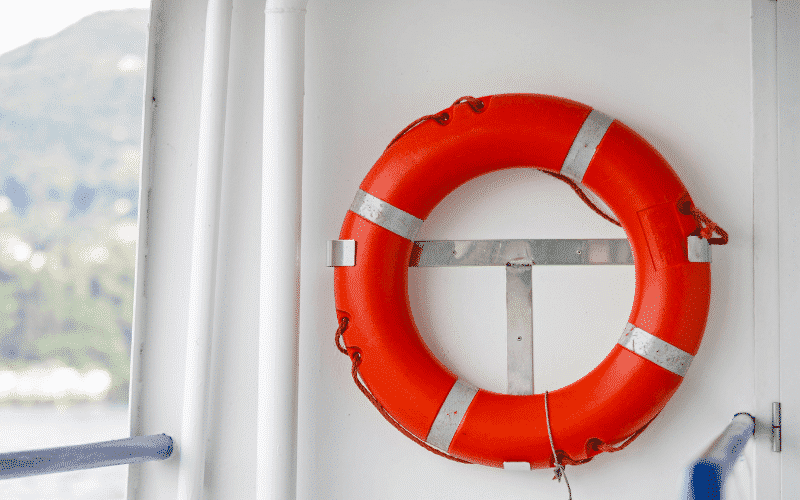
What is included in the safety management system (SMS)?
Every safety management policy should satisfy some of the basic functional requirements to ensure the safety of every ship. They are:
- Procedure and guidelines to act in an emergency situation
- Safety and environmental protection policy
- Procedure and guidelines for reporting accidents or any other form of non-conformities
- Clear information on the level of authority and lines of communication among ship crew members, and between shore and shipboard personnel
- Procedures and guidelines to ensure safe operations of ships and protection of the marine environment in compliance with relevant international and flag state legislations
- Procedures for internal audits and management reviews
- Vessel details
In short, a safety management system would consist of details as to how a vessel would operate on a day to day basis, what are the procedures to be followed in case of an emergency, how are drills and training conducted, measures taken for safe operations, who is the designated person etc.
The safety management plan is mainly the responsibility of the owner of the vessel, or the designated person, or the person appointed by the owner. However, the ship’s master and the crew are the best people to make an SMS as they know the vessel inside-out.
Sections
An SMS is divided into sections for easy reference. They are:
- General
- Safety and environmental policy
- Designated person (DP)
- Resources and personnel
- Master’s responsibilities and authority
- Company’s responsibility and authority
- Operational procedures
- Emergency procedures
- Reporting of accidents
- Maintenance and records
- Documentation
- Review and evaluation
These are the main parts of a basic SMS; however, the plan might vary according to the type of the vessel and the cargo carried by the same. SMS plays an important role in the process of ISM code implementation on ships.

About Author
Raunek Kantharia is a marine engineer turned maritime writer and entrepreneur. After a brief stint at the sea, he founded Marine Insight in 2010. Apart from managing Marine Insight, he also writes for a number of maritime magazines and websites.
Do you have info to share with us ? Suggest a correction
Latest Ship Safety Articles You Would Like:
Subscribe To Our Newsletters
By subscribing, you agree to our Privacy Policy and may receive occasional deal communications; you can unsubscribe anytime.



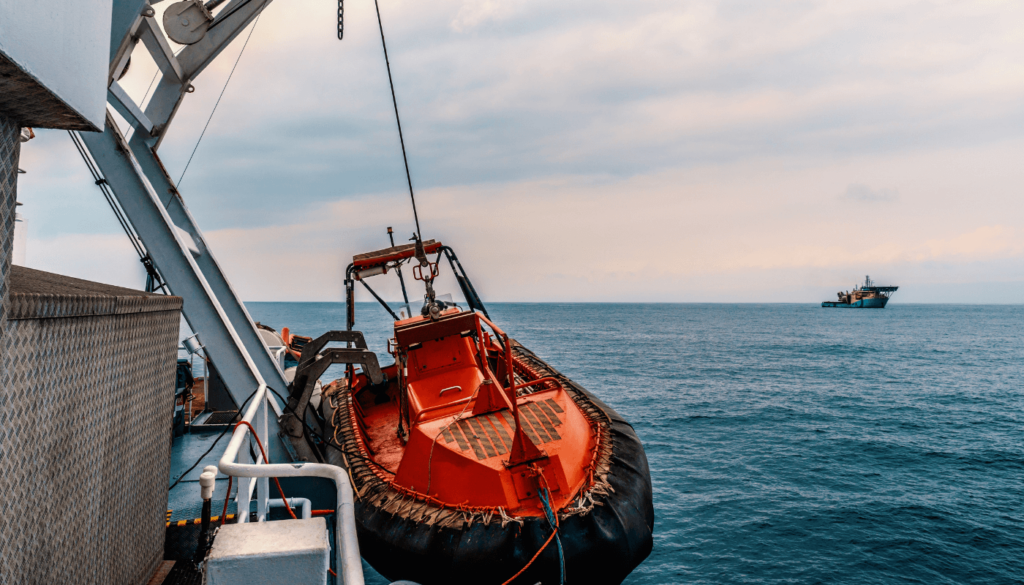
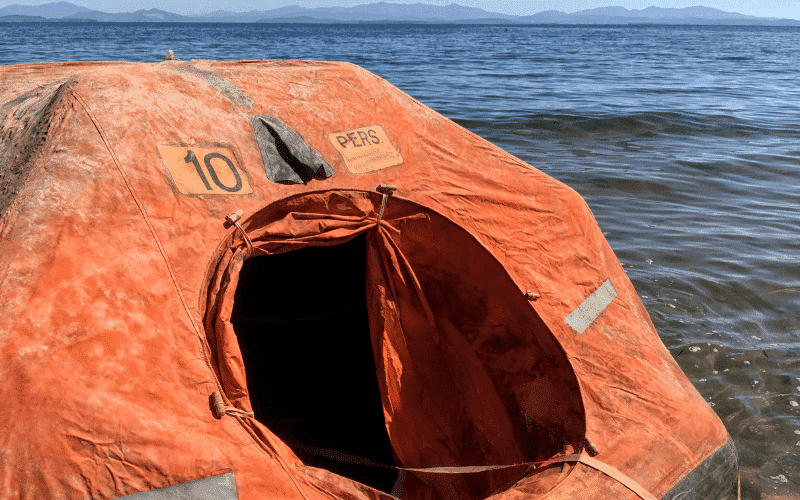
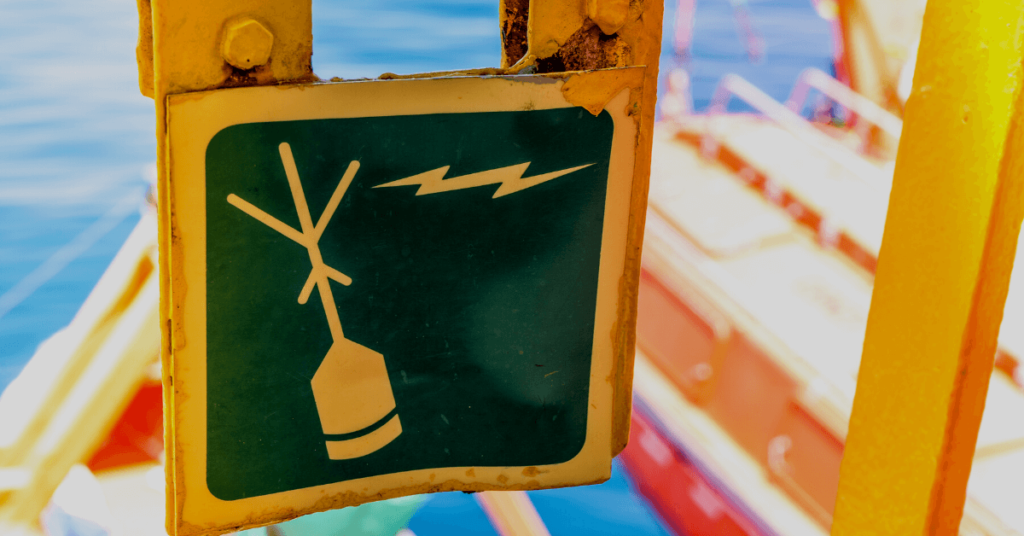
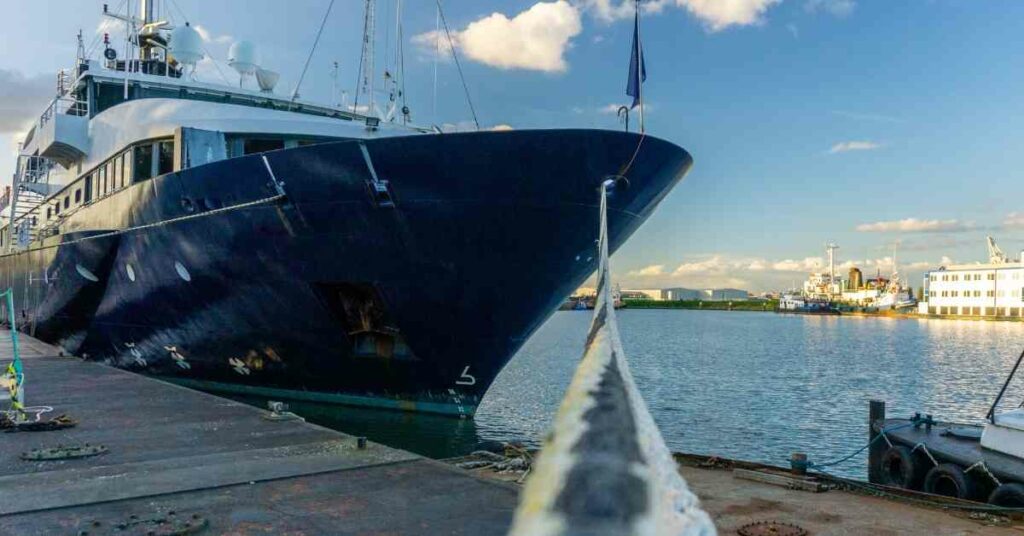
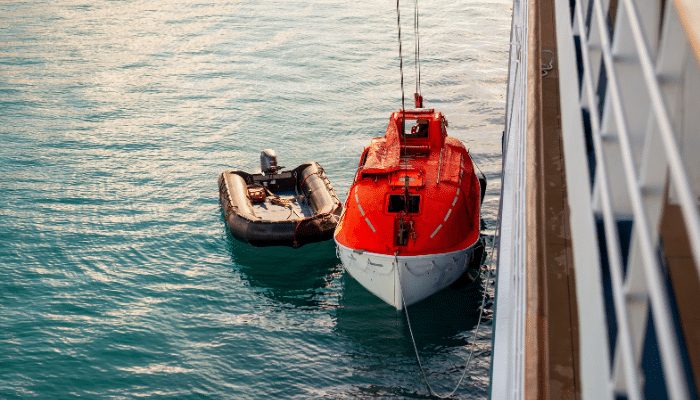
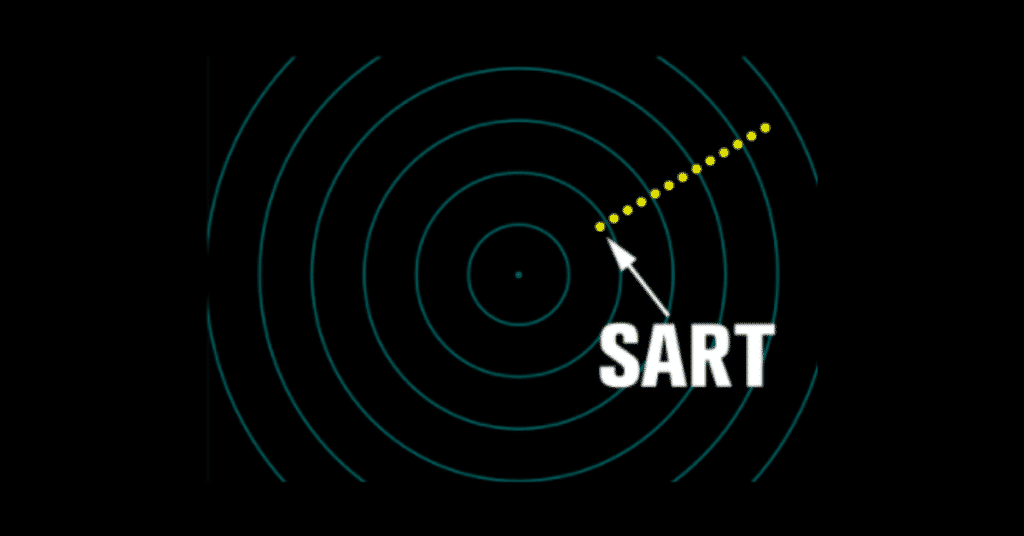

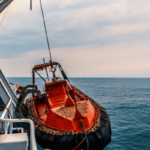
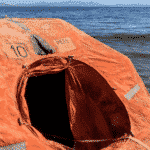
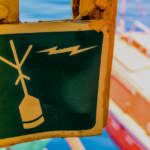

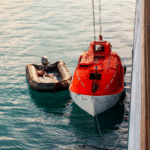
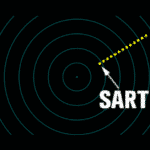


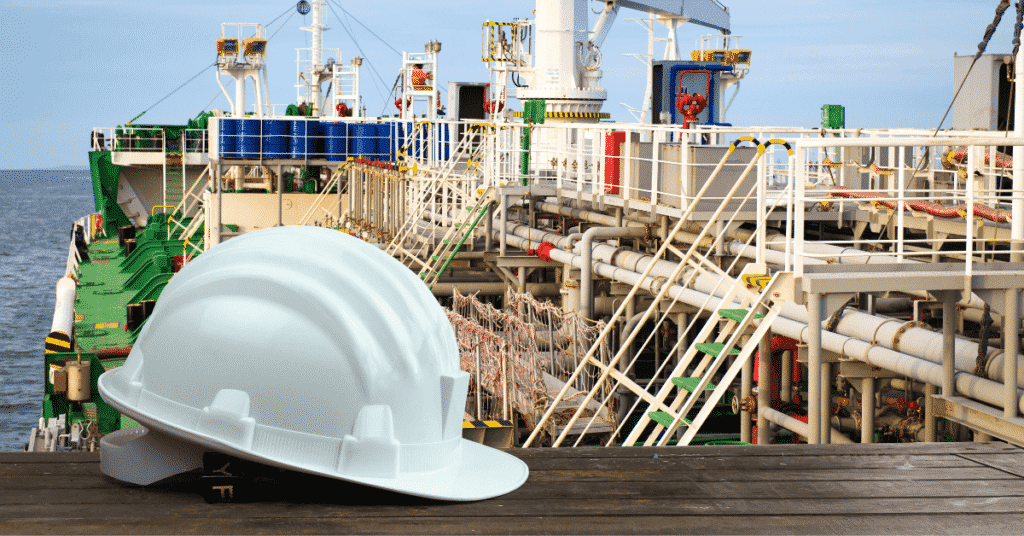
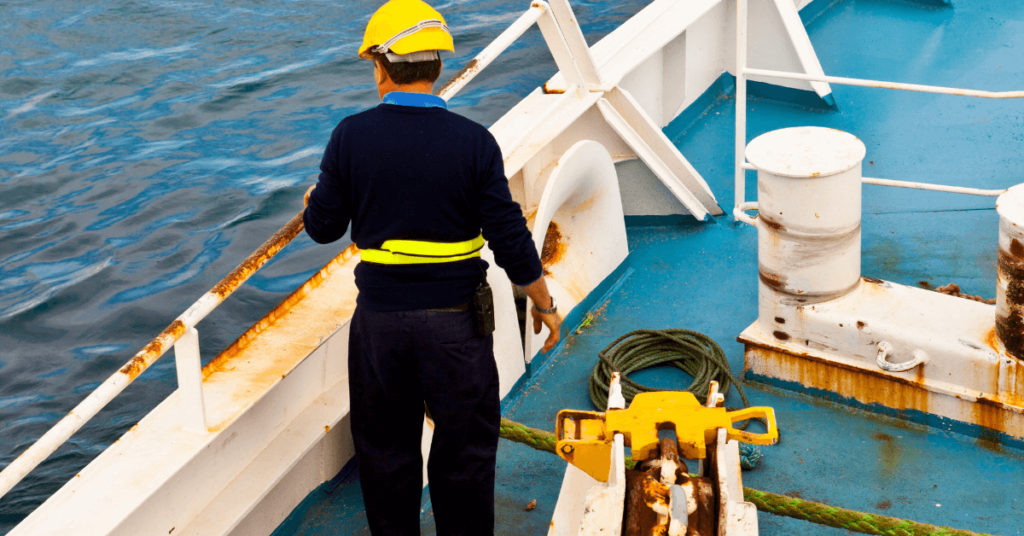

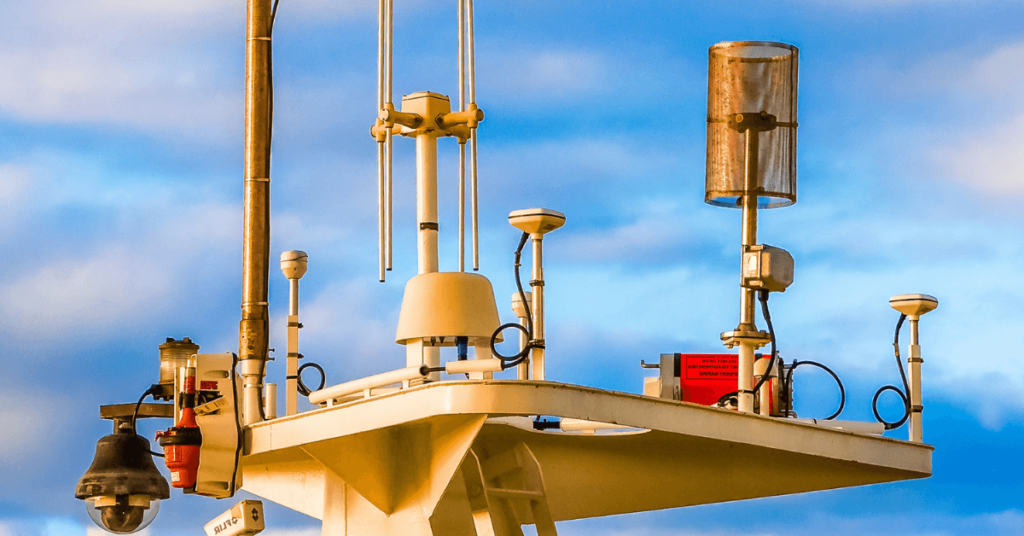
Well understood about the HSE MS for oil and gas marine vessel operators. By any chance do you know any company or companies that can produce such manual?
You can Contact
sedimar929@gmail.com